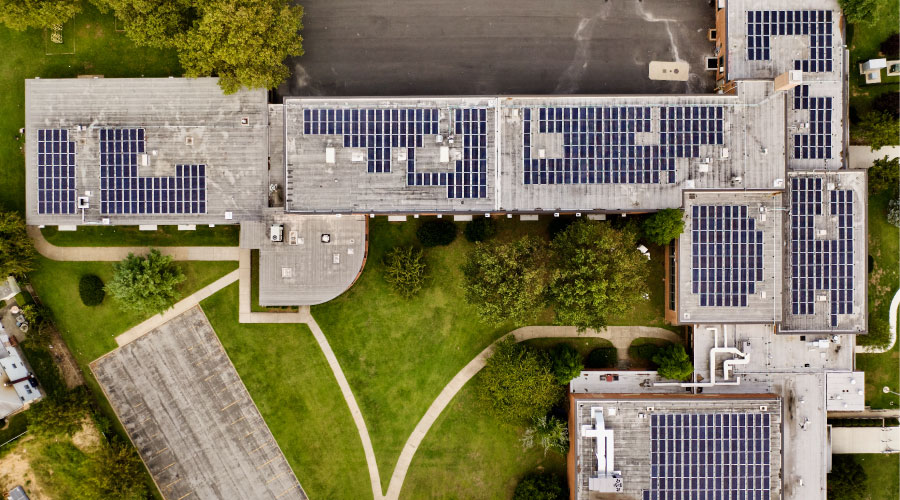Design and Installation of Metal Roofs
Sheet metal roofing can handle high-wind loads but must meet current building codes. The IBC references Underwriters Laboratories (UL) standard 580, Tests for Uplift Resistance of Roof Assemblies, as a performance requirement. UL labels on sheet metal products and UL certification labels on roll-forming machinery indicate the organization has evaluated the products and equipment for compliance with UL 580.
Thermal expansion and contraction is a great concern with metal roofing systems and is most acute with standing-seam systems because long panel runs can exceed 100 feet. The amount of thermal movement is a function of the panel’s length, the magnitude of the temperature change, and the coefficient of thermal expansion specific to the type of metal.
In climates where the diurnal temperature change is great — sometimes more than 100 degrees — a 120-foot-long piece of steel sheet metal can expand and contract more than 1 inch in length. This thermal movement can pull out screws, elongate holes in panels, and cause panels to shift or bend.
Managers should ensure the proper design of the entire system using hidden clips and other attachment techniques that allow for this thermal movement but prevent wind uplift. Installers must anchor systems at one end, typically at a ridge, and allow for movement provided at the opposing end, typically the gutter edge.
Aluminum-alloy coatings provide corrosion protection on steel sheet metal, but they react with alkaline chemicals in masonry mortar and cleaning solutions that might spill on the metal’s surface during construction.
Fastener compatibility also can be an issue. Managers need to ensure the contractor and designer specify metals that will not react with one another.
Metals are ranked on a scale based on their propensity to corrode. At one end of the galvanic scale are zinc and aluminum, which are more electropositive, or less noble, and will corrode more easily. Copper and stainless steel are at the other end of the scale and are more electronegative, or more noble, and more resistant to corrosion. The farther apart two metals are on this scale, the more likely corrosion will occur in the least noble material.
Sheet metal underlayment prevents moisture that condenses on the underside of the metal from leaking down into the building. Managers can specify breathable underlayments, such as roofing felts, under sheet metal, and, in northern climates, membranes that prevent the intrusion of ice and water.
Managers also can specify pre-molded pipe boots at regular, round-shaped penetrations in sheet metal roofs. The location of penetrations also is important on standing-seam roofs because it is difficult to seal a penetration that enters the roof through a rib or standing seam.
Related Topics:














